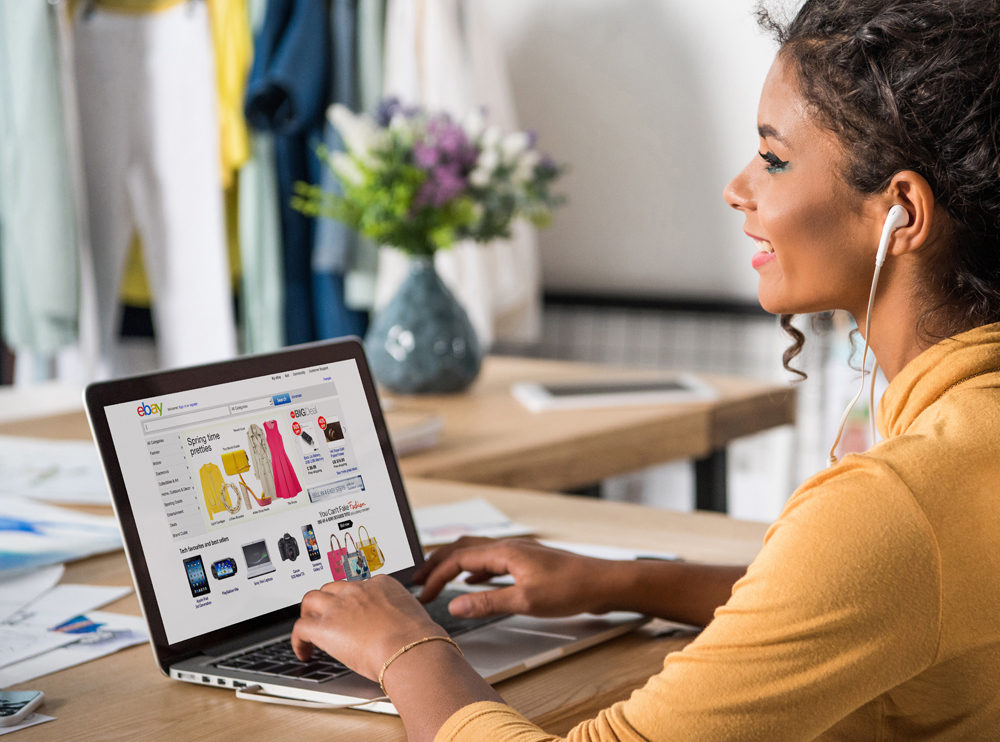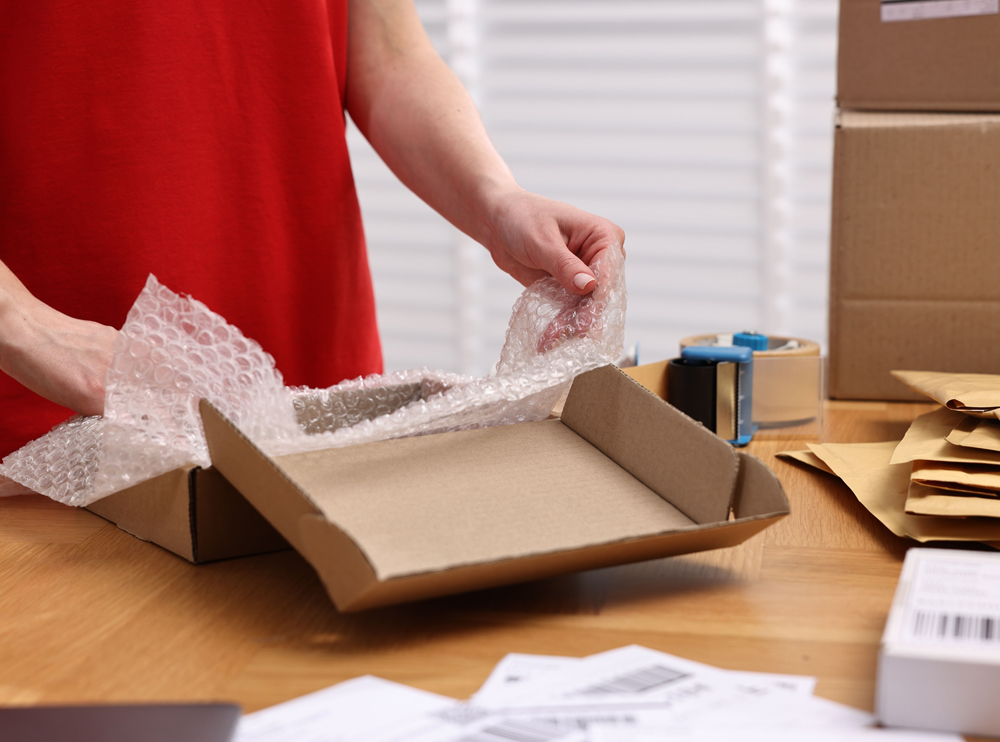
How to Package Items Like a Pro
Packaging isn’t just a functional necessity, it’s an art. Whether you’re running a cracking small business, a thriving Etsy store or selling on eBay, how you package your items can make a world of difference. A well-packed parcel protects your goods, enhances your brand, and leaves customers feeling delighted. Here’s how to do it properly.
1. Understand Your Product’s Needs
Every item has different packaging requirements. Start by considering:
- Fragility: Is it glass, porcelain, or electronics? They need cushioning like bubble wrap or foam.
- Size & weight: Heavier items need sturdy boxes and industrial tape.
- Shape: Irregularly shaped goods may require void-fill, custom inserts, or padded mailers.
- Sentimentality: Handcrafted or vintage items should be wrapped carefully and attractively.
Always begin by assessing the risk: will it break, bend, scratch, leak, or shift during transit?
2. Choose the Right Packaging Materials
Fundamental supplies include:
- Boxes & mailers: Use corrugated boxes for bulkier or heavier items; padded or rigid mailers are fine for lighter goods.
- Cushioning materials: Bubble wrap, foam sheets or peanuts, crumpled recycled paper… choose the right type based on fragility.
- Sealing tape: Use strong gummed paper tape or “H-tape” reinforced tape—don’t skimp on quality.
- Stretch wrap & corner protectors: Ideal for furniture or picture frames to guard edges.
- Label pouches: Clear, self-adhesive sleeves for shipping labels—helps prevent smudging or peeling.

3. Measure and Pad Strategically
- Size the box correctly: Aim for 2–5 cm (1–2 inches) of cushioning on all sides. Too roomy and the item can bounce; too tight and contents may rub or crush.
- Wrap each item individually: Prevents pieces from knocking into each other. Especially important for breakables and sets.
- Fill voids completely: Use crumpled paper, foam peanuts, or cushioning so the item stays put during transit. Aim for stable packing; parcels shouldn’t shift or rattle.
4. Label Clearly and Securely
- Attach labels correctly: Place shipping and fragile or orientation stickers clearly—for example: “FRAGILE,” “THIS WAY UP,” or “GLASS”.
- Protect the shipping label: Use a clear pouch or cover it with clear tape to guard against moisture. Ensure the barcode is readable.
- Mark contents when necessary: If shipping liquids, make sure to label them (“CONTAINS LIQUID” or “BATTERIES INCLUDED”).

5. Consider Branding—It Makes a Difference
Packaging reflects your brand. Even modest touches leave an impression:
- Custom-branded tape with your logo or colours.
- Stickers or seals inside or out (e.g., “Thanks for supporting my small business”).
- Branded packing slips or inserts—include care instructions, a thank-you note, or a discount code for future purchases.
- Eco-friendly packaging: recycled, compostable, or reusable materials create goodwill in today’s eco-conscious market.
6. Test the Packaging
It’s worth conducting your own test shipments:
- Simulation drop test: Drop your parcel from table height or higher to mimic transit knocks.
- Shake test: Shake the packed box—can you hear movement? If yes, add more padding.
- Weather simulation: Apply a bit of dampness to the outside—your labelling and box should hold up.
Regular checks ensure your approach remains robust and consistent.

7. Budget Without Compromise
High-quality packaging doesn’t have to break the bank—consider:
- Buying bulk) corrugated boxes, cushioning materials, and tape are cheaper per item.
- Re-use materials) as long as they’re clean and undamaged, second-hand boxes or padding can offset costs.
- Subscribe) Courier-specific packaging supplies are sometimes free and tailored to size.
- Eco suppliers) Many offer sustainable packaging options at affordable rates—look around.

8. The Customer Experience Element
Proper packaging enhances the unboxing experience:
- First impressions: A neat exterior with care stickers already sets a positive tone.
- Inside touches: A thank-you note, branded tissue paper, or small freebies make a parcel feel premium.
- Ease of unpacking: Use tear strips or perforations—customers appreciate seamless access.
Ultimately, good packaging turns a transaction into a memorable experience.
9. Follow Shipping Regulations and Considerations
Don’t forget compliance:
- Hazardous items: Batteries, cosmetics, fragrances—check courier regulations.
- Customs documentation: For international shipments include a completed CN22 or CN23 form.
- Size and weight limits: Stay within carrier restrictions to avoid extra charges or returns.
Knowing these rules helps you avoid costly delays or fines.
10. Keep Improving Through Feedback
Great packing evolves:
- Ask customers: A simple follow-up email asking if everything arrived safely can uncover issues.
- Monitor feedback: If you get negative reviews mentioning damaged goods, take action quickly.
- Fine-tune your processes: Adjust cushion levels, tape coverage, or box types based on real-world results.
Attention to detail ensures your business maintains a reputation for dependability and quality.

Final Thoughts
Packing like a pro blends practicality, protection, and presentation. Well-prepared parcels safeguard your goods, elevate your brand and make customers feel valued. With consistent attention to detail, the unboxing becomes part of your brand story—prompting repeat purchases and glowing reviews.
Investing in smart packaging might cost a bit more at first, but it pays off through customer satisfaction, fewer returns, and stronger brand reputation. With the tips above, you’re well on your way to delivering items that truly impress—inside and out.
Love what you’re reading?
Check out our latest finds in the shop! Gems, quirky treasures & everyday bargains — all just a click away.
Recent Blogs

Beginner’s Guide to eBay: Buying and Selling Tips
Whether you’re exploring online marketplaces for the first time or looking to polish your strategy.
How to Package Items Like a Pro
Packaging isn’t just a functional necessity, it’s an art. Whether you’re running a cracking small business, a thriving Etsy store or selling on eBay, how you package your items can make a world of difference.
